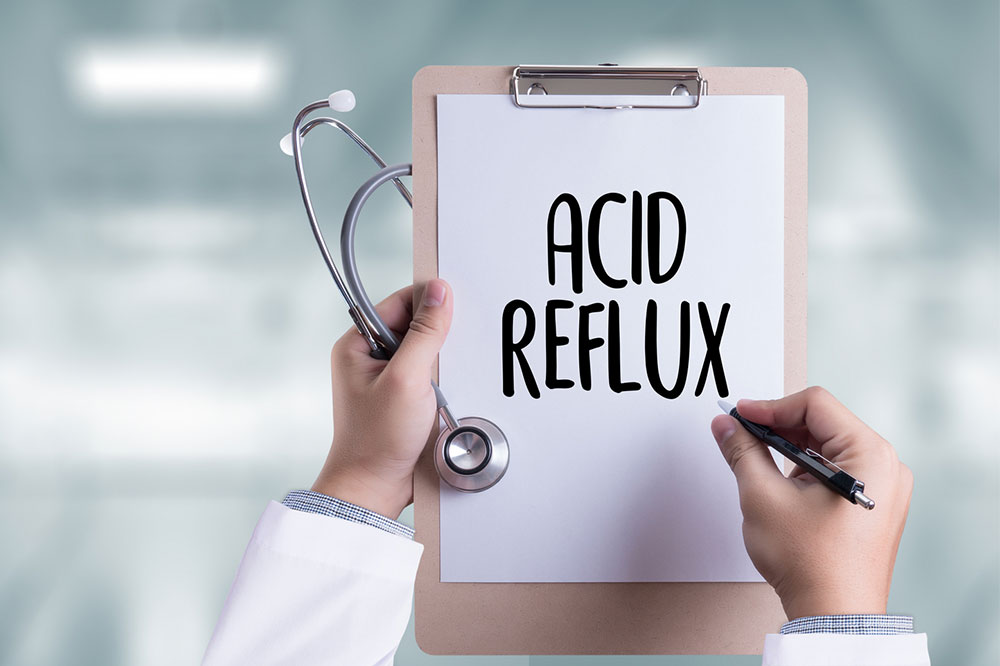
Treatment Options for Acid Reflux and GERD
Gastroesophageal reflux disease (GERD) and acid reflux are interlinked closely. Acid reflux is a condition in which the acid content in the stomach flows back into the tube that serves as a bridge between the stomach and the throat. When a person suffers from acid reflux, he/she feels a burn-like sensation in the chest. GERD is a serious type of acid reflux. The various treatment options for acid reflux and GERD include:
Medications
The doctor prescribes medications after thoroughly examining the patient. The kind of medication prescribed will depend on the symptoms. Some medications recommended by the doctor include:
Antacids
Antacids are very effective when it comes to providing relief from mild heartburn and acid in the stomach. Over-the-counter medications such as Rolaids, Riopan, Mylanta, and Mylox come under Antacids. You must note that these medications can have side-effects such as constipation and diarrhea. They are most effective for dealing with the short-term effects of gastroesophageal reflux disease.
Proton pump inhibitors (PPIs)
PPIs play a pivotal role in reducing the amount of acid created by the stomach. They are quite helpful in treating the warning signs related to GERD. This makes these medications one of the most ideal treatment options for acid reflux and GERD. PPIs are recommended by medical experts when it comes to the treatment of GERD over a longer tenure. The different types of PPIs prescribed by doctors include AcipHex, Protonix, Prilosec, Prevacid, and Nexium.
H-2 blockers
H-2 blockers play an instrumental role in reducing the production of acid. They are an ideal solution when it comes to on-demand or short-term relief if you have symptoms related to GERD. These medications can also contribute towards healing the esophagus to a certain extent. You can purchase these medications at a medical store with a doctor’s prescription. Some H2 blockers that are prescribed by doctors include Zantac 75, Axid AR, Pepcid AC, and Tagamet HB.
Prokinetics
Prokinetics help to empty the stomach at a quicker rate. The prescribed prokinetics include Reglan and Urecholine.
Surgery
If a person’s condition does not improve with medication the doctor may recommend surgical options. The two most common kinds of surgeries for GERD include Fundoplication and Endoscopic techniques. Fundoplication is done with the help of a thin tube with a small video camera. It is performed in a hospital wherein the surgeon sews the upper part of the stomach around the esophagus to add pressure and lower the reflux. Endoscopic techniques involve the use of radiofrequency and endoscopic sewing. Radiofrequency helps in the formation of sores or heat lesions that tighten the sphincter muscle while endoscopic sewing makes use of small stitches to tighten the sphincter.


